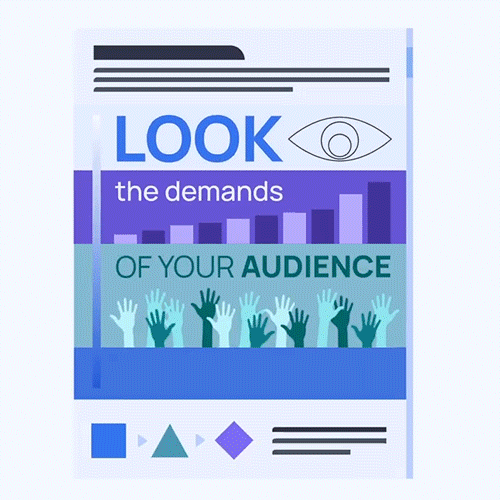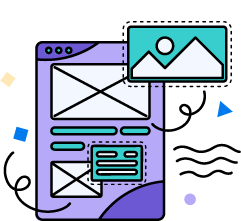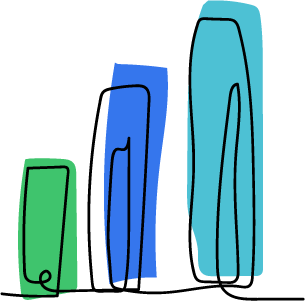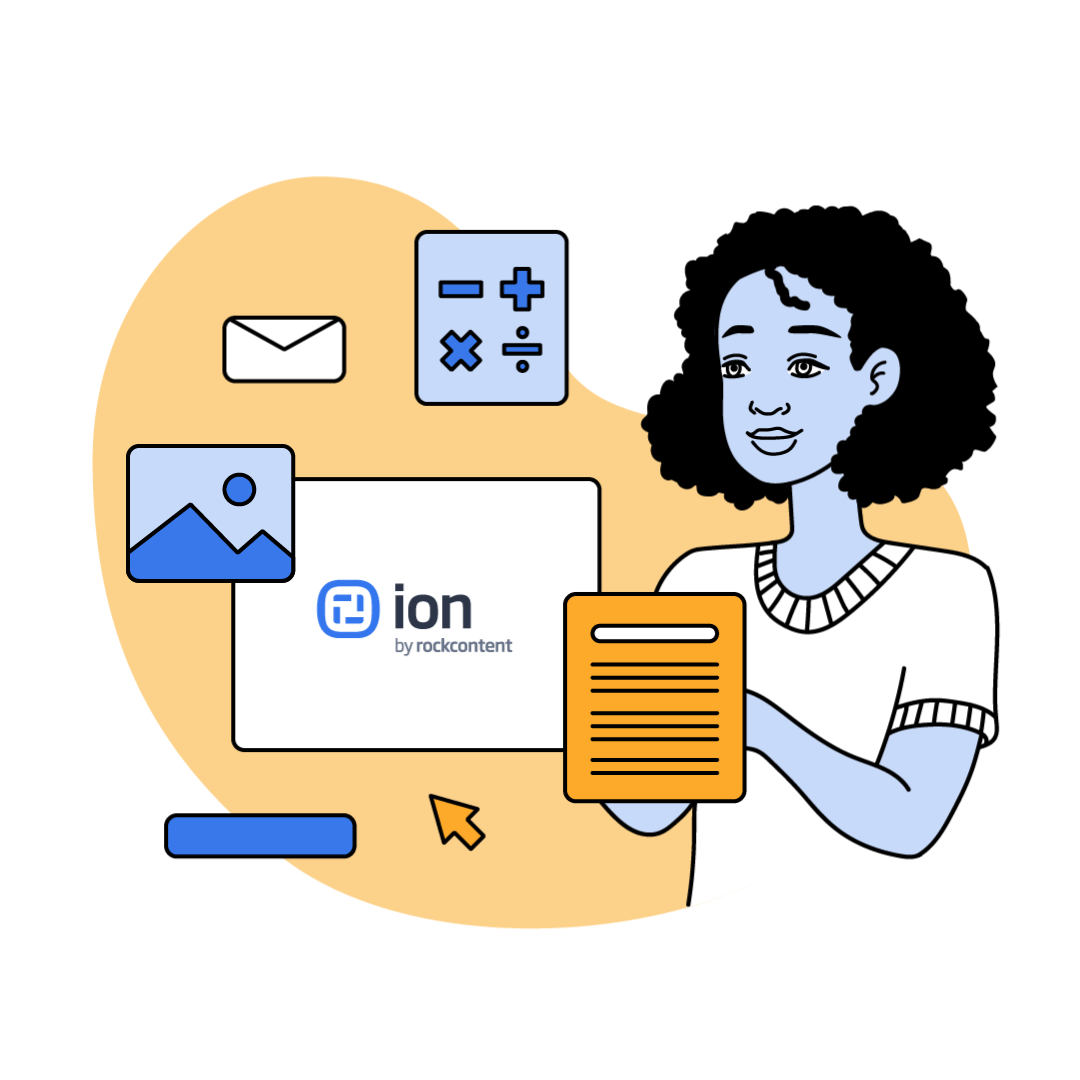MENU
Infographic
Best Practices Guide


What is an Infographic?
First of all, welcome! You are inside an interactive experience!

In theoretical terms, the Cambridge Dictionary defines an infographic as “a picture or diagram or a group of pictures or diagrams showing or explaining information.”
In other words, infographics help you to keep your prospects interested (because images are more appealing than text) and allow them to comprehend any kind of information much faster.
Therefore, you can explain complex topics, knowing that you’ll increase the chances of your audience consuming the content and learning from it, compared to plain text.
Why are Infographics important?
The short answer is: to summarize a large amount of data in a visually compelling way. Thus, you make your content easy to understand and digest.
💡 Think about it: if the brand wants to publish a survey result, for instance, it’s a whole lot of data for your prospects to read at once. When you insert them in your infographic, it’s way easier.
- ‹ prev
- next ›
- 1
- 2
- 3
- 4
- 5
- 6
- 7
Click on the cards to see each of the other benefits in full.
Engagement
Engagement
Learning about your prospects


Learning about your prospects
Awareness
Awareness
Personalize
experiences

Personalize experiences
Education

Education
Bonus Card

Bonus Card
How to apply infographics to my strategy?
Overall, you can create infographics whenever you want to display content in a summarized way and make information easy to consume.
Here are some examples of assets that you can apply infographics to, to drive better engagement:
Comparisons


Storytelling

Displaying Data


Summarize and Educate


Get your Interactive Infographic ready
A great interactive infographic starts with great content. Let’s dive into the elements you should consider when building and strategizing your content for an infographic.
Fill in the form to unlock this content
All About the Visuals
Once you've crafted your content, it's time for design. Let's go through our best practices for creating an eye-catching, engaging design for your infographic.
- ‹ prev
- next ›
- 1
- 2
- 3
- 4
- 5
- 6
- 7
Collect Highly Valuable Data and Get Inspired!
In an interactive experience, the most valuable piece is the data you'll unearth from your audience engagement. Let's look at how you can add interactivity to facilitate meaningful data.
Capture Attention with Animations



Make Content Easily Shareable
Add Quiz Questions
Got Additional Assets? Share Them.
Check out some real examples
Key Takeaways
The Content
- Choose a compelling topic
- Add navigation
- Keep the CTA prominent
- Cite your sources
- Use a compelling title and description for sharing
- Strip out unnecessary content or elements
The Visuals
- Keep visuals simple and digestible
- Choose effective data visualization
- Keep text to a minimum
- Create content flow
- Create visuals that can be scaled back for mobile
Engagement
- Capture attention with animations
- Add quiz questions
- Make content easily shareable
- Share any additional, relevant assets
The perfect tool to build interactive infographics
Meet Ion and take your infographics and any other piece of content to the next level!
You can use it to bring your brand to life with attractive and memorable content that involves your audience and stimulates engagement. Moreover, you can quickly and intuitively create countless types of interactive content without any programming knowledge. Take a look at some of the features:



You’ve seen how Interactive Infographics are able to drive engagement and make your content a lot easier to consume. Now all you have to do is get your marketing strategy ready to build its own interactive experiences, and create beautiful content pieces that will generate incredible results.
Let’s take a deeper dive into the Platform?
Request a demo on Ion, Rock’s interactive content platform!
Get your free demo now!

